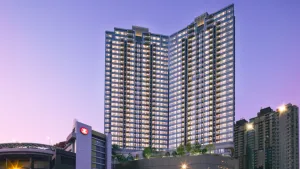Australia
Melbourne CBD prime office rents dip 0.5% in Q1
Melbourne CBD prime office rents dip 0.5% in Q1
Rents in fringe areas fell a further 1.1% in the same period.
Eight new office projects to be completed in Sydney CBD by next year
These projects will add a total of over 212,100sqm to the city’s stock.
Adelaide overall office vacancy rate down to 16.1% in Q1
But prime office vacancies remain elevated at 17.5%.
Why Canberra recorded -1,300sqm office net absorption in Q1
The headline vacancy rate increased to 7.8% in the same period.
Build-to-rent projects get a boost in Western Australia
The Managed Investment Trust tax for BTR projects was halved from 30% to 15%.
Why Brisbane CBD’s office sector is enjoying robust tenant activity
The flight-to-quality is attracting more workers to go into the offices.
Canberra’s total office stock hits 2.2m sqm
The most recent addition was an 8,000sqm office completed in Q1.
Australia’s retail transaction volumes breach 10-year historical average in Q1
Q1 volumes hit AUD1.3b, surpassing the 10-year average of AUD879m.
Melbourne retail sales volumes hit AUD408m in Q1
This amount represents four transactions.
CBD markets dominate Australia’s Q1 office transaction volumes
Sales totalled AUD1.6b in Q1, over AUD1b of which was from CBD markets.
Adelaide sees 10,400sqm of new retail completions in Q1
The largest project was the 4,400-sqm Aston Hills Shopping Centre.
This was Sydney’s largest retail property sale in Q1
It was a deal worth AUD158m with a passing yield of 5.75%.
New office development lull looms in Sydney this year: JLL
Less than 20,000sqm of new stock is expected to be completed.
Melbourne new industrial supply now more than double the 10-year quarterly average
There were 20 projects completed in Q4 2022 alone.
Adelaide hits highest quarterly industrial take up in 12 months
Leasing activity reached nearly 44,000sqm in Q4 2022.
Melbourne CBD records highest office vacancy rate since 1998
The headline vacancy rose to 15.4% in Q4 2022.
What are the largest upcoming office projects in Brisbane?
One of them is a 360,000sqm development at 360 Queen Street.
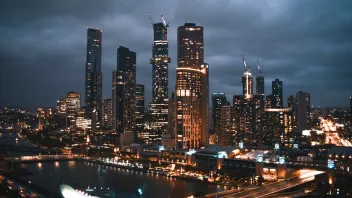
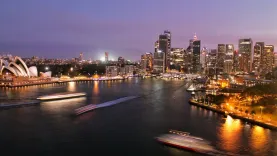

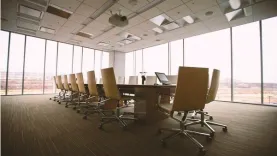

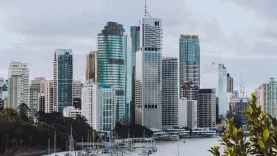
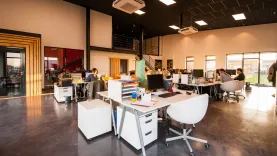
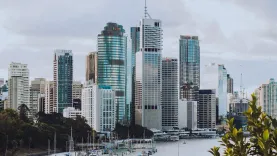




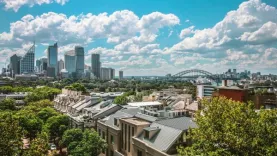
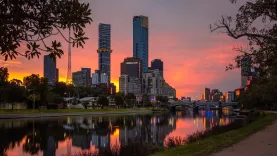




 Advertise
Advertise



